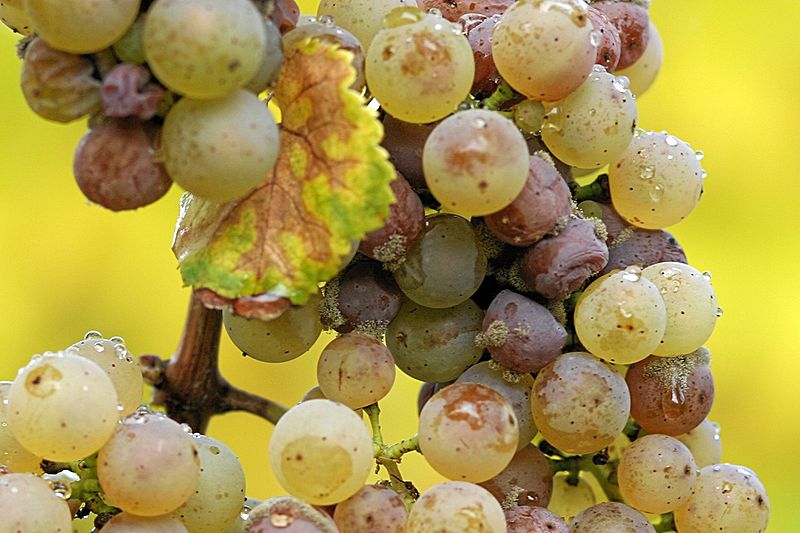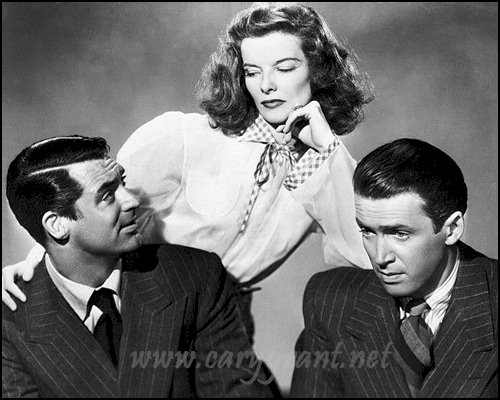 Via the forums at Straightbourbon.com comes a link to a story about the revenuers seizing over a million dollars' worth of collectible Jack Daniel's whiskey:
Via the forums at Straightbourbon.com comes a link to a story about the revenuers seizing over a million dollars' worth of collectible Jack Daniel's whiskey:State agents are sorting through some 2,400 bottles of Jack Daniel whiskey estimated to cost $1 million found in storage buildings.
The bottles were found following an investigation into possible illegal sales of whiskey by two businesses in this southern Middle Tennessee town where the Jack Daniel distillery is located.
No one has been arrested.
Authorities said they received permission to search two storage buildings on Highway 55 last weekend and found hundreds of bottles of Jacks Daniel's.
"There are bottles here that are not even sold in this county," said Mike Cawthorn, senior agent in charge of the Nashville office of the Tennessee Alcohol Beverage Commission. "There are bottles of Jack Daniel's here that are to be sold only in Italy and Spain."
Officials said the rarity of the bottles helped drive up the value of the find.
Danielle Elks, executive director of the ABC, said Thursday one bottle dates back to 1914. She told WSMV-TV of Nashville it was still sealed and worth about $10,000.
Believe it or not, there are lots and lots of collectors of Jack Daniel's whiskey (and the bottles that it comes in). Brown-Forman, JD's corporate parent, has encouraged this by issuing limited-release commemorative bottlings from time to time; but in all honesty, given the level of interest in the JD brand, it seems likely that there would be quite a market for collectible bottles regardless of what Brown-Forman did. Although the story doesn't really spell this out, what was going on here was that a company (or a partnership or some other commercial enterprise) was buying collectible bottles of JD, transporting them to Lynchburg, where the JD distillery is located, having Jimmy Bedford, the JD master distiller, sign them, and then reselling them at a profit.
This little story is interesting to me for a couple of reasons. First, notice that this is really all about money. Defenders of the three-tier system of liquor distribution (and Tennessee is a three-tier state) like to claim that it encourages temperance and helps to prevent liquor from getting into the hands of children ("It's for the children!"). Well, it's not like a bunch of teenagers (or anybody else, for that matter) were trying to get their hands on this collectible liquor to throw a big, drunken party. The vast majority of this liquor was never going to be drunk. But allowing unlicensed liquor to be imported into Tennessee and sold is a threat to the three-tier system and to the liquor wholesalers that that system benefits. Second, this points out the absurdity of American liquor laws. Nobody would tolerate state laws that prohibit the sale of books by retailers who did not in turn buy them from state-licensed wholesalers. Indeed, such a system would be unconstitutional because it would amount to a tariff barrier erected against out-of-state booksellers. Why is it acceptable public policy for liquor sales to be different? (I know, I know: the 21st Amendment provides that "[t]he transportation or importation into any State, Territory, or possession of the United States for delivery or use there in of intoxicating liquors, in violation of the laws thereof, is hereby prohibited." But that was intended to allow states to continue to be dry if they so desired, not to allow wet states to protect in-state distributors from out-of-state competition.)




































